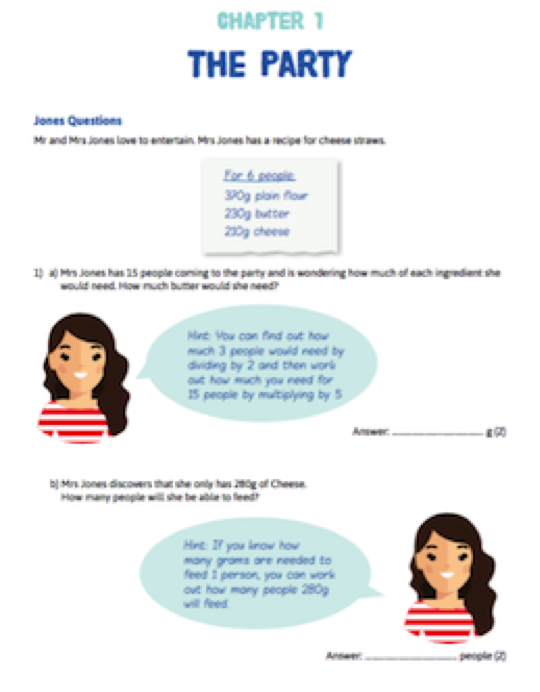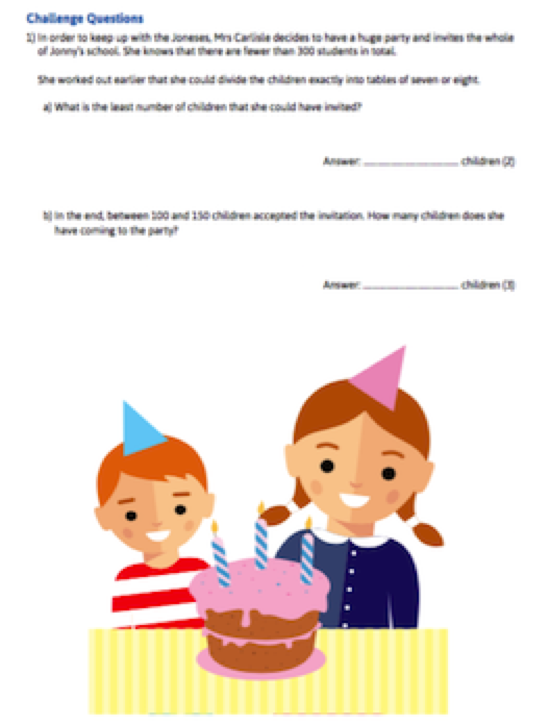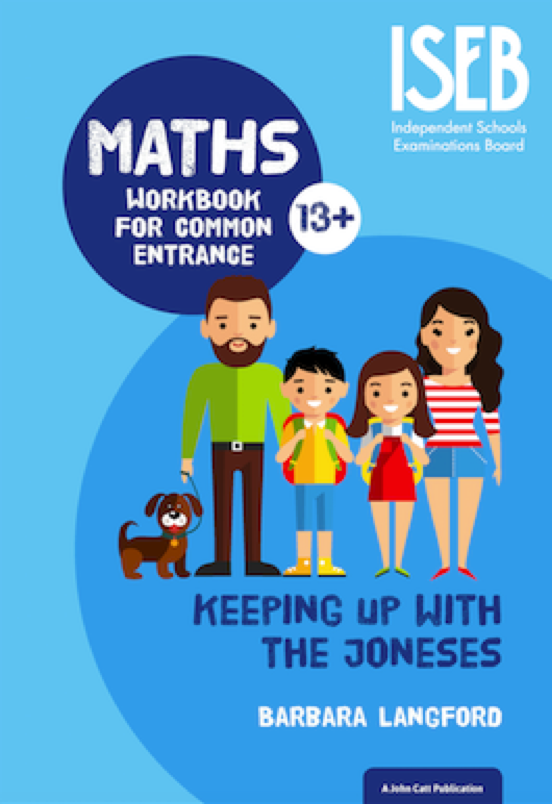As adults, the phones in our pockets contain more computing power than we will ever need. So, why is maths still seen as so important? I would argue that, once we have mastered basic numeracy, maths is not just about calculating; at its heart, it is about problem solving.
This year, we have introduced the new INSPIRE maths scheme, based on the Singapore methods of teaching, from year 5 downwards at Westbourne House. We have chosen to go down this Asian route, so heralded in the press, because it is based on problem solving.
The Singapore approach not only expects pupils to problem solve, it has problem solving at its heart and most importantly, it gives pupils the heuristics, or tools, needed to problem solve.
Using this approach since the 1980s, Singapore students recently ranked at the top of the Programme for International Student Assessment (PISA) in maths, science and reading.
It shows that our students can think critically, can deal with unfamiliar, novel situations and problems, and are able to, in that sense, use their skills across different domains as they look at their problems. And they are also very comfortable in a computer environment.
Low Khah Gek, Director-General of Education (Schools) at the Ministry of Education in Singapore
From the start of Year 1, the questions in maths lessons at Westbourne House are phrased as problems for the children to solve. This way, the pupils get used to ‘unpicking’ numbers from words, using a variety of visual and kinaesthetic (or tactile) methods. This is known as theCPA (Concrete, Pictorial and Abstract) approach to teaching and learning.

The concrete stage is very kinaesthetic or tactile and uses paper, multilink cubes, straws, rods or anything to hand to model the question.
In the photo to the left, one of our year 1 pupils is modelling 18 subtract 5. He physically has 18 cubes and takes away 5 of them.
The next stage is the pictorial stage, where pupils draw a representation of the question. In the younger years, this is often just drawing the cubes. Higher up the school, we teach the bar modelling technique. Look at the example question below.
Mr Khan has 620g of flour and Mrs Cook has 400g. Mr Khan gives some flour to Mrs Cook so that Mrs Cook has twice as much as Mr Khan. How much flour did they each
have in the end?
Firstly, try to solve it using traditional techniques.
Now have a look at the bar model method explained below.
Step 1: we represent what Mr Khan and Mrs Cook have altogether at the beginning, adding their amounts.

Step 2: we look at what happens after Mr Khan has shared his flour with Mrs Cook. Mrs Cook now has twice as much as Mr Khan but the total amount has not changed.

Step 3: by looking at the bar model, it becomes clear how the total amount (1020g) must now be shared three ways. Mr Khan has one of those shares and Mrs Cook has two of
those shares.
The final stage is the abstract stage where pupils have to do the actual calculation, using a method they have been taught. In this case, pupils will calculate 1020÷3 = 340g using what we often call the 'bus stop method', or long or short division. Mr Khan therefore has 340g and Mrs Cook has 780g.
With problem solving in mind, I have published a book,Keeping up with the Joneses, coming out over the Christmas holidays. The book is designed to help pupils preparing for Common Entrance to look at everyday situations and use what they have been taught to solve the problems.

In the book, the fictional Jones Family give hints and tips on how to approach and solve the Common Entrance style questions.

In an effort to keep up with the Joneses, the Carlisle family then have similar questions to solve without the hints, and then go further with challenge questions.
The book also has space to write your own revision notes and invent your own family’s questions.

An excerpt from the book can be found here, and Keeping up with the Joneses is available now from Amazon (RRP £12.00 - ISBN number 978-1911382089).
We are hosting a book launch at 1:45pm on Saturday the 21st of June in the Millennium Hall. We hope you will join us to hear more about and have a look at the book.
About the Author
Barbara Langford is Westbourne House's Director of Studies and Head of Mathematics. She started teaching after a career as a ship operator and was Deputy Head of Maths at
Trinity School in Croydon before moving to the South Coast with her family. She joined Westbourne House in 2012. Barbara is currently an exam-writer for a variety of 11+ scholarship exams for London-area schools, and she has previously set and marked A-level maths papers for Edexcel.
She holds a Master of Engineering from Oxford University (M.Eng) and a PGCE in Mathematics from University of London (Institute of Education). Her favourite hobby is sailing.



